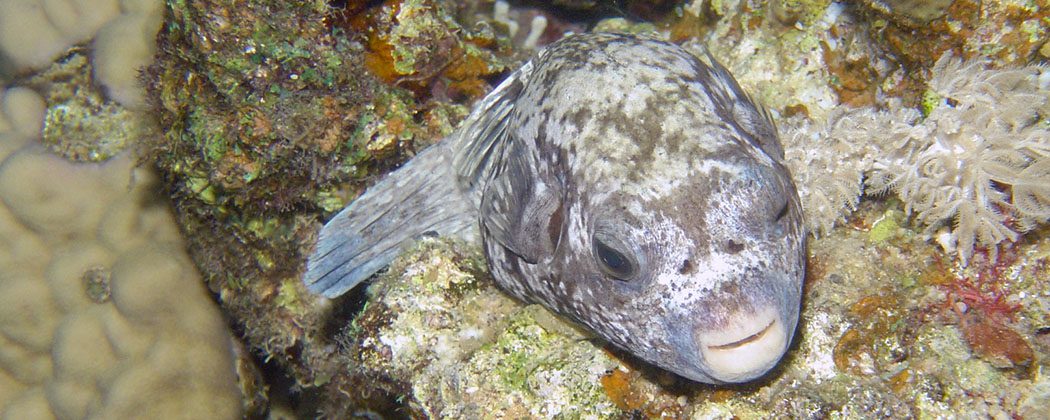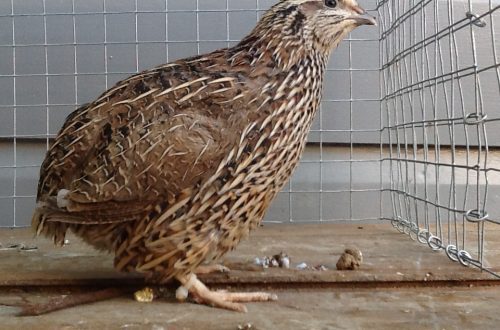
Sida kalluunka ugu seexdo biyaha: astaamaha kalluunku wuxuu u seexdaa qaab-dhismeedkooda jir ahaaneed
In order to answer the question “How do fish sleep?” it is necessary to understand the features of their anatomical structure.
When you watch fish in an aquarium, it seems that they never rest, because their eyes are always open, however, this statement is not true. This is because fish lack eyelids on their own. The eyelid is an auxiliary organ of the eye, the main function of which is to protect against external influences and drying out. The latter is absolutely not scary for fish in the water.
However, the fish do sleep, although this is different from our understanding of deep and carefree sleep. Unfortunately, the structural features of their body, as well as their habitat, prevent the fish from falling into a deep sleep, during which they would be completely disconnected from reality.
Contents
How is fish sleep different?
It is best to designate this state as a period of low activity. In this position, the fish practically do not move, although they continue to perceive all sounds and are ready to take action at any moment. Unlike most mammals, the brain activity of fish remains unchanged during rest. That’s why they don’t sleep welllike other animals, they always arrive in a conscious state.
So what are they all the same sleeping fish? If you carefully observe them in the aquarium, you will notice that periodically the fish freeze in the water motionless. A fish in this state can be called sleeping.
Depending on the species, each fish has a specific time for sleeping. The time of day at which the fish rests is influenced by the environment and living conditions, as well as the way of feeding. For example, such factors can be the transparency of water, its viscosity and density, the depth of stay, and the speed of the flow. Classifying fish according to the time of day for rest, we can distinguish:
- diurnal fish – light-loving. This does not mean that they want to sleep at night, this indicates that the structure of their eyes allows them to see better in the water in the daytime, and in the dark – they rest as much as possible;
- nocturnal fish – twilight. These fish see perfectly in the dark, however, their eyes can be very sensitive to daylight, so they try to rest during the day. Many species of predators are specifically nocturnal fish.
Because the fish sleep, you can determine which class they belong to.
How do fish that belong to the bone class sleep?
Fish from the bone class rest in calm and quiet places. They can stay during sleep in various interesting poses. For example:
- cod is located sideways or belly to the bottom;
- herring hangs upside down or upside down in the water column;
- flounder, preparing for rest, burrows into the sand.
Before slowing down their activity, fish not only choose a position for relaxation, but also try to take care of their safety. For example, a parrot fish that lives in the tropics surrounds itself with a cloud of mucus so that the predator cannot smell it.
How do fish that belong to the cartilaginous class sleep?
Finding a favorable sleeping position for cartilaginous fish is somewhat more difficult than for bone fish. These difficulties are also due to the difference in the structure of their body. Let’s consider them in detail.
Bony fish, unlike cartilaginous fish, have a swim bladder. The swim bladder is an outgrowth of the esophagus, in simple words – a sac filled with air. Its main function is to help the fish stay at a certain depth. To go down to the bottom the fish blows off some of the air, and if you rise to the surface – gaining. Fish, with the help of a bubble, simply “hang” in the water at the required depth. Cartilaginous fish do not have this ability, so they need to constantly be on the move. If she stops, she immediately sinks and falls to the bottom.
However, even at the bottom, the cartilaginous class of fish cannot afford to rest in peace. It’s all because of the structure of their gills. Gill covers are developed only in the class of bony fishes. For example, cartilaginous sharks have slits instead of gills. Accordingly, sharks cannot move their gills. In order for water saturated with the necessary oxygen to enter the gill slits, the shark must constantly move, otherwise it may suffocate.
Cartilaginous fish solve this problem in several ways.
1 habka
The fish rest by resting on the bottom in places of natural flow, so that water enters the gill slits. Even in such cases they can constantly open and close their mouths, creating circulation of water around the gills.
2 habka
Some representatives of bony fish have spiracles – small holes that are located behind the eye. The main function of the spiracles is to draw in water and supply it to the gills. For example, reef and tiger sharks have this feature.
3 habka
There are fish that rest in motion. For example, the inhabitant of the Black Sea katran never stops. The spinal cord of this shark is responsible for the work of the swimming muscles, therefore, when the brain is in a state of rest, the katran continues to move.


Ka daawo fiidyawaan YouTube







